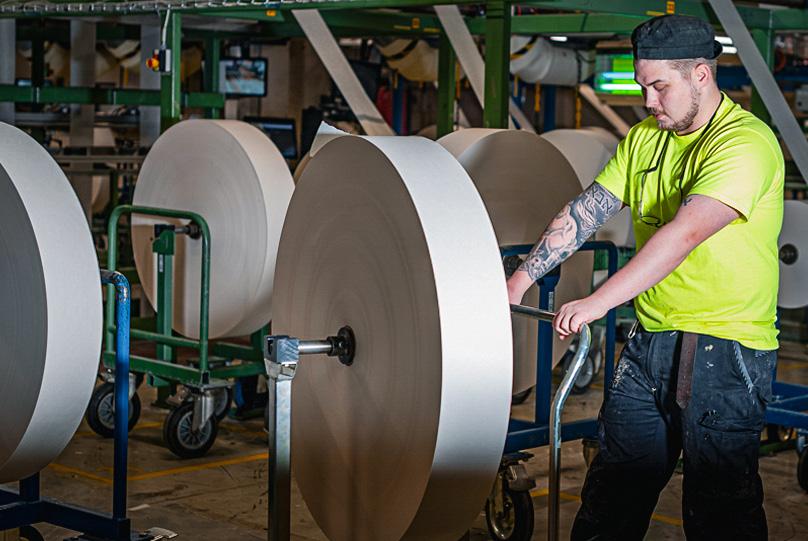1 minute read
Sustainability in practice .
A great deal has been written in the effort to define what sustainability stands for, but ultimately it's all based on real feelings and concerns. We at ViskoTeepak use the following definition, and we think it's the most comprehensive: "The ability to meet the needs of the present without compromising the ability of future generations to meet their own needs."
The three pillars of Sustainable Development
The origin of the sustainability concern is to be found in the environmental footprint the humankind leaves behind on our planet. For many years this has been making us start questioning industrialization, being pro-green, etc. While each organization has its means and capabilities, for years it has been obvious that we must find a balance where people can feel secure, have an income that allows for proper meals and a home, a work/private balance that supports the social needs and a chance to enjoy the beauty of what nature gives us. We must be able to improve with each new generation. All of this comes together in the three pillars of sustainability: economic, environmental, and social. These are informally referred to as people, the planet, and profits.
Making a Change
People all over the world have seen the effects of industrial revolution, and there is growing concern over global warming and climate change. So, it is the responsibility of every company – and every individual – to actively protect our planet's future. At ViskoTeepak, we have implemented systems and procedures for waste management and energy control. We minimize and recycle all waste that is generated through our operations. We have also implemented air and water-cleaning systems that minimize the negative environmental effects on our surroundings.








